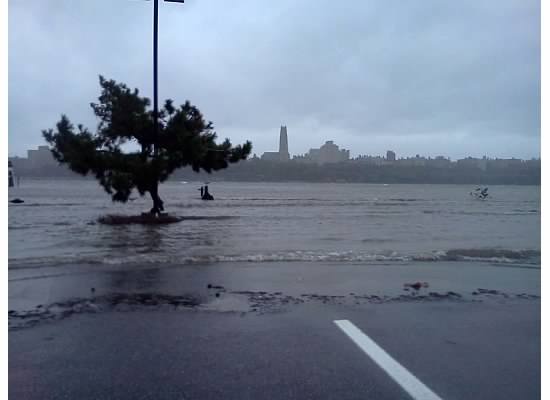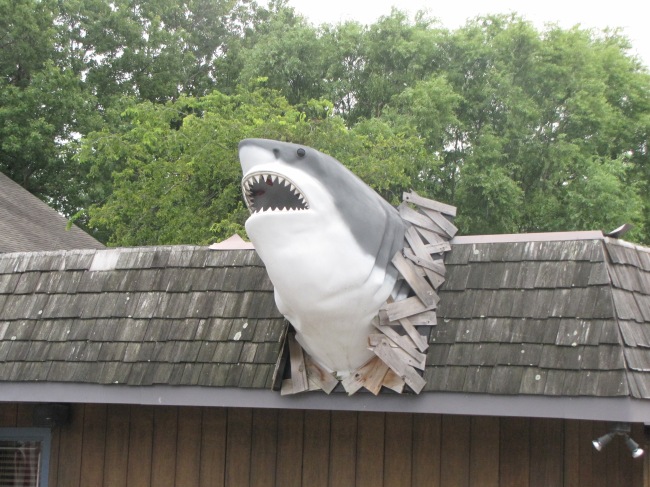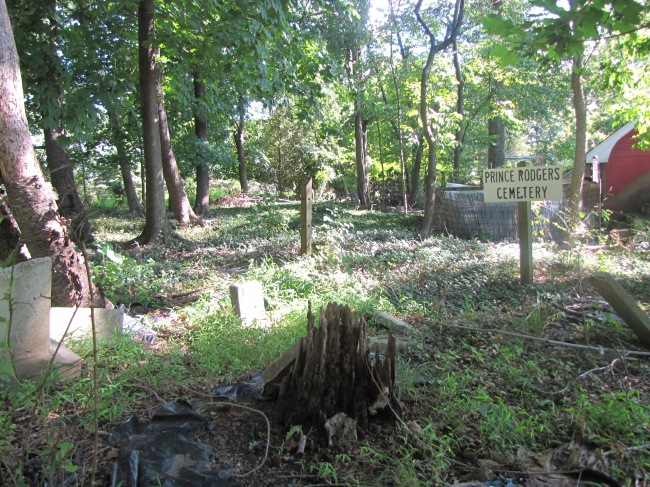NY harbor is known as the birthplace of steam ferry travel. The first successfully recorded operation of a steamboat ferry was the North River Steamboat, operated by Robert Fulton, which ran from NY to Albany starting in 1807. Four years later, regular ferry service began running to and from Manhattan. Before rail tunnels under the Hudson were established, the railroads terminated in Hoboken, making ferry travel vitally important for anyone attempting to reach NYC. Nearly 400 different double ended ferries operated in the NY harbor during the 19th and 20th centuries, with a peak of 150 ferries actively operating in the early 1900’s. This webpage offers a detailed look at the history of ferry travel across the Hudson and has many pictures of the steam ferries in operation.
The Binghamton was one of 6 steam ships run by the Hoboken Ferry Company, a subsidiary of the Delaware, Lackawanna and Western Railroad. It was built by the Newport News Shipbuilding and Dry-dock Company at Newport News, Virginia and was launched on February 20, 1905. The ferry operated from 1905-1968, traveling 2 miles from the Hoboken Terminal to Barclay Street, a twelve-minute journey. She was able to carry nearly 1,000 passengers as well as vehicles. The Binghamton is what is known as a double-ender, meaning cars could drive in one side of the boat and exit from the other. This made for increased speed and efficiency of loading and unloading passengers.
Photo courtesy of “Burger International Photography at http://www.burgerinternationalinc.com via flicker
In 1907, the first of two rail tunnels under the Hudson was completed. By 1937, the Holland and Lincoln tunnels, as well as the George Washington Bridge, had opened up making automobile travel into the city much easier. With these developments, the need for steam ferries diminished and by 1967 the ferry run was closed down. However, ferry service would return to the Hudson river in 1986, with the introduction of the NY Waterway. Small diesel powered boats began runs from Edgewater, Hoboken and Weehawken and now are regularly used by commuters trying to take advantage of lower rents in Hudson and Bergen County.
The Binghamton’s second life began when the Erie Lackawanna Railroad sold her to Edward Russo, who planned to convert her into a restaurant. Russo planned to open for business in 1970, but the waters surrounding the pier took a long time to dredge and a tugboat strike caused further delays. Russo would eventually find himself unable to find a suitable person to run his restaurant and he sold the Binghamton to its next owner, Ferry Binghamton Inc. On February 28, 1975 the ship was moved to her current location and opened as a restaurant later that year.
The restaurant featured a popular nightclub and it operated successfully until 2007. Then it was sold to private businessman Donald Kim, who planned to renovate the Binghamton and re-open it. Despite the completion of nearly a million dollars in repairs, damage was spreading faster than the repairs could be made. Kim soon found himself in a lengthy battle with the town of Edgewater over code violations and fines. The expense of the repairs and time spent fighting the town allowed the damage to reach a tipping point and finally, in 2011, Kim filed for a demolition permit.
The impending demolition caused a great deal of consternation due to the Binghamton’s placement on the U.S. Department of the Interior’s National Register of Historic Places (granted on July 9, 1982). By the summer of 2012 the Binghamton had deteriorated enough that it was actively taking on water. The side that faced the river had nearly been destroyed. Kim decided to sublease the existing pier to another developer who planned to scrap the Binghamton for salvage, including the steel hull, and bring in a new boat to be used as a restaurant.
Then in October 2012 came Superstorm Sandy. The already weakened ship was no match for the intense flooding and winds that Sandy brought. During Sandy, the entire boat was under several feet of water. Pieces of her bow broke off and floated to shore.
Here is a Flickr set of pictures taken after Sandy.
Here is a Video made during Superstorm Sandy.
This news report from CBS news clearly shows the damage done to the river side of the boat.
The following pictures of the Binghamton and immediate surrounding area were taken by Corrine Gehegan, a local podiatrist whose office is next to the Binghamton. They were taken approximately 3 days after the storm had passed and flooding had subsided.
To add insult to injury, a fire broke out on May 19, 2013. There was no damage to the boat, only the pier and dock that extended from the river walk to the ferry. At that time, Kim restated that he planned to demolish the boat. As of August, 2013 nothing has occurred. The boat still sits there, its bow slightly below the water line. When the demolition finally comes, it will be a sad end to a famous and historic ship.
I visited in spring 2013 and entertained thoughts of entry. Aside from the pier being completely unsafe, you could tell from 100 yards away that the boat itself was completely unsafe. One wonders if it can be safely towed, or would it break into pieces? Below are pictures I took in June, 2013.
Here is another video about the end of the Binghamton ferry.
More pictures and info are available on the Binghamton Ferry Facebook page.




















































































